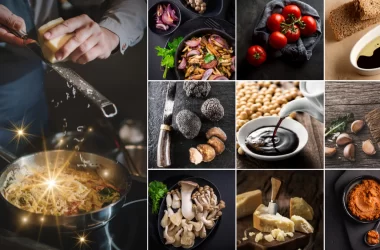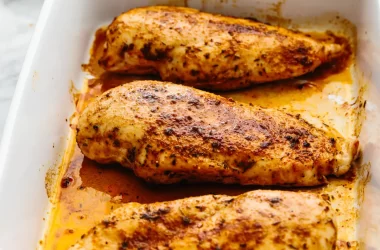Cooking techniques, including the techniques for preparing whole foods, are an important part of any healthy diet. Many methods are available for cooking whole grains, fruits and vegetables. Pressure cooking is a popular way to cook these foods at high temperatures, with minimal loss of flavour.
The principles of pressure cooking are the same as for boiling: add water, bring to a boil, release the steam and simmer. This method of cooking can be used to cook many everyday foods, such as potatoes, rice, whole-grains, sauces, soups and stews, and sauces for fish, meat, poultry and vegetables. The ingredients may be brought to a boil over low heat in a pot or sauce pan, then released over a lid in the form of steam. High pressure cooking limits cooking temperatures very well, and allows boiling foods well above 100 C (212 F) to be achieved.
Steam vents provide the heat needed for steam to enter the pot. The boiling liquid can also be pushed into the lid of the pressure cooker through a vent. The steam valve and door to provide easy control of the cooking process. The water in the pot or pan can be heated before adding food or allowed to boil on its own.
In many recipes, the cooking time is given as minutes instead of the amount of time it takes to boil the food. To measure for time, use a teaspoon or small measuring spoon and fill your cooking pot or pressure cooker cup with enough water to cover the seeds or tops of the beans. Add dry ingredients, including breadcrumbs or seasoned salt, to the water. Add your spices, the amounts in your recipe and turn the power on to bring the water to a boil.
As the pressure cooker or cookers’ heat rises, the boiling liquid begins to evaporate off into the air. Because the steam is so hot, the foods cook faster than if you used just the pressure element. However, as the heat subsides, the food starts to cook at the normal speed.
Cooking in a high pressure cooker or steamer can help to keep food fresher longer than by cooking at lower temperatures. When high pressure is used, vegetables may not be cooked as long as they would be if they were cooked in low-pressure areas. On the other hand, vegetables that are cooked in lower pressure are often tougher than vegetables cooked in higher pressure areas. This makes them an excellent choice for stews, vegetables, soups, and other dishes where texture is important.








